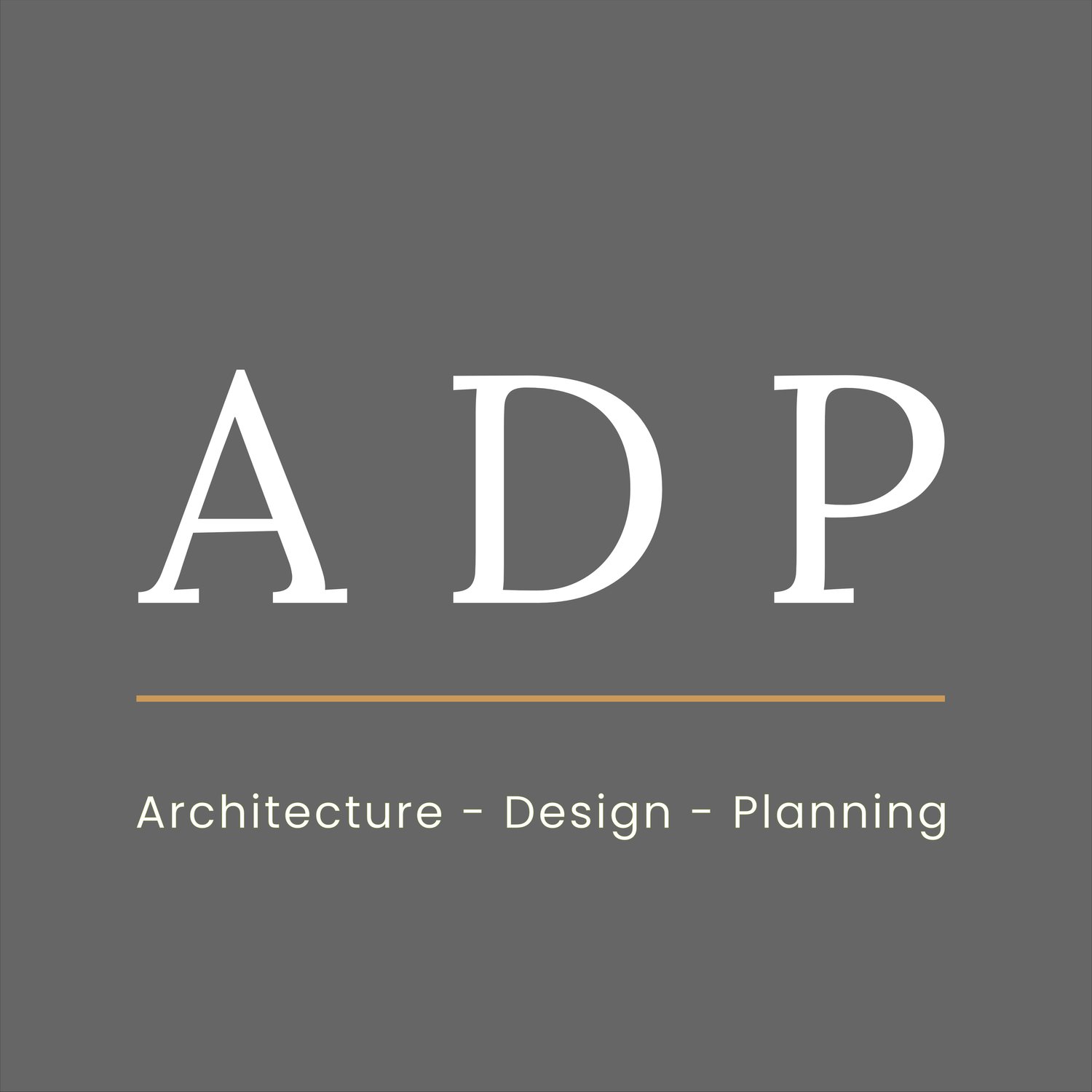Planning Appeal won for and an extension to a Listed housing in rural Essex
We are delighted to have won a planning appeal against Colchester Borough Council, for the extension to a listed building in Essex. This project had begun with unsuccessful discussions with the Council’s heritage officer’s, who were adamant that this building should not be extended, because it had previously been extended. The appeal process itself took a year, as it got caught up in the delays resulting from the various Covid lockdowns, but in the end, we were successful !!
The Listed Building
The property is a 17th Century farmhouse that has been the subject of periodic adaptation works of repair and modernisation over a period of more than 300 years. Part of the listed building was destroyed by a fire and rebuilt in the late 20th century.
The Planning Strategy
The proposed scheme sought to extend the modern late 20th Century element that had been built following the fire.
Following discussions with the Council, it became clear that they would not entertain an extension to this Listed rural home, even though the extension would have been to the late 20th Century element of the building.
Our client still desired an extension to improve their living conditions, so we opted to submit two applications, both of which attempted to overcome other concerns the Council had also raised in respect to the overall design.
Both applications were fully evidence with an independent and detailed heritage assessment. The conclusion found that the Council’s ‘in principle’ objection to a further extension at this location was not justified or factual and had the effect of fossilising the building rather than allowing it to evolve with changing living and lifestyle requirements.
As anticipated, both applications were refused and subsequently they were appealed in parallel.
The Planning Appeal
The use of two schemes and appeals was particularly helpful in this instance, as one design was clearly stronger than the other. By presenting the weaker one alongside, it highlighted the acceptability of the preferred design.
A strong and robust planning case was then presented to the Planning Inspectorate that cited the relevant historic legislation and national planning policies, together with the guidance from Historic England and the preferred design was allowed by the Planning Inspector.
The Planning Inspector specifically stated that:
I am conscious that buildings continually evolve and further change should be managed and not prohibited. While the proposed extension would add to the extent of accommodation, it would be a simple continuation of the form of the 20th Century extension that would be inset to either side and sit on lower ground in the garden. Given these factors, the additional length added to this part of the building would not appear over elongated or harm the legibility of the historic floor plan layout of the listed building and would assimilate well with the 20th Century extension.
The proposed extension would also provide a direct link between the building and the substantial garden and landscape spaces within its grounds, which would better reveal the contribution made to its significance by its setting, albeit for its occupants
Our client is delighted by the result, and we are now looking to seeing the finished extension.
Contact Us
Do you have a challenging planning or design project that requires assistance? Please contact us at mail@adpltd.co.uk to discuss how we can assist your project.

